I’ve touched on several of Hitler’s directives, or decrees in past blogs. I thought I would outline some of the more infamous decrees he made over the twelve years of the Third Reich. You can be assured that the stories of the people these decrees targeted did not end well.
Hitler came to power in 1933 and immediately began issuing his directives and proclamations. They initially went after Jews, Untermensch, and political enemies of the Nazis. From there he moved on to the physically and mentally disabled. As the war progressed, Hitler began to circumvent the Geneva Convention and its rules on how POWs and captured military/combat personnel were to be treated.
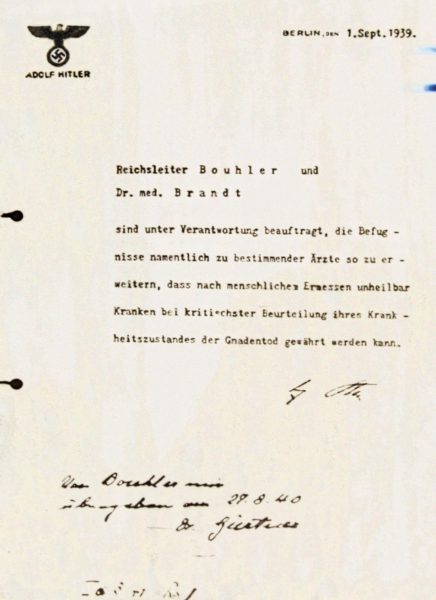
In the end, several of these decrees were used by the International Military Tribunal during the Nuremberg Trials as evidence to convict former senior Nazi officials of one or more of the four counts: conspiracy for the accomplishment of crimes against peace, waging wars of aggression, war crimes, and crimes against humanity. Many of Hitler’s decrees aimed at military combatants were used to convict the former Nazis leaders and their underlings of the third count⏤war crimes. Most of the convictions came with the death penalty.
Did You Know?
Did you know that Entartete Kunst, or Degenerate Art, was just one of many tactics that Hitler and Joseph Goebbels used to control the minds of German citizens (and people in the occupied countries)? It was Hitler’s attempt to clean up what he considered the degeneracy of non-Aryan cultures. After taking power in 1933, he began a systematic approach to ridding society of degenerate influences. Those efforts included book burnings, dismissing non-Aryan or Reich enemies from their jobs, replacing art museum curators who fancied modern art, making sure jazz musicians never got another gig, and banishing filmmakers who did not follow the Third Reich’s culture club. But the greatest display of cultural purging and public humiliation was saved for the painters and sculptors.
Beginning 19 July 1937 through November of that year, Die Ausstellung “Entartet Kunst,“ or “The Degenerate Exhibition,” was held in Munich followed by subsequent tours around Germany. More than seven hundred pieces of art were exhibited for the purpose of humiliating the artists and to show the German people what type of art was not acceptable to the Nazi regime. Run by Goebbels and his propaganda group, 112 artists were represented (six were Jewish). Paintings deemed “an insult to German feeling or German women,” un-German, Jewish, or Communist were banned by the Nazis. The exhibit was held in multiple rooms, one of which was labeled, “the insanity room.” The exhibit’s catalog grimly asserted, “In the paintings and drawings of this chamber of horrors there is no telling what was in the sick brains of those who wielded the brush or pencil.”
The Nazis confiscated more than twenty thousand paintings from German museums after Hitler came to power. The exhibition displayed a cross section of the confiscated artwork from artists such as Paul Klee (escaped to Switzerland), Ernst Ludwig Kirchner (committed suicide), Elfriede Lohse-Wächtler (murdered at the Sonnenstein Euthanasia Center), Max Beckmann (self-imposed exile in the Netherlands), Marc Chagall (barely escaped to America), Otto Dix (imprisoned but released), Max Ernst (arrested by the Gestapo, escaped, and fled to America), and Piet Mondrian (emigrated to America). Art movements such as Cubism, Dada, Expressionism, Impressionism, and Surrealism were declared to be degenerate by the Nazis.
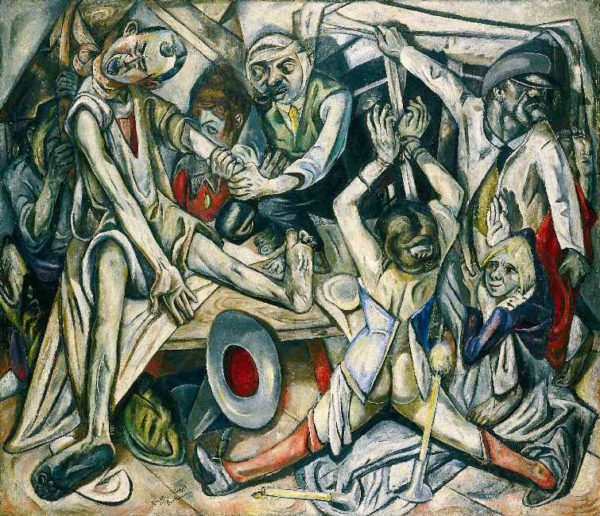
Coincidentally, the day before the Degenerate Exhibition opened, the “Great German Art Exhibition” was unveiled right down the street to showcase artwork of which the Nazis approved. Hitler’s favorite painter, Adolf Ziegler, and his favorite sculptor, Arno Breker, were represented in this show.
I suppose it’s like the old saying, “What is one man’s junk is another man’s treasure.” Regardless of all the intellectual jibber-jabber analysis, it simply boiled down to art that Hitler didn’t like, and it was a prelude for things yet to come. Today, we call this “cancel culture.”
This is one of the “call-outs” from the new book Where Did They Put the Gestapo Headquarters? A Walking Tour of Nazi-Occupied Paris. It is Stop Seven of Walk One where you visit the Galerie nationale du Jeu de Paume. This was the Nazi repository and sorting house for art stolen from Jewish families, Jewish-owned art galleries, and artwork the Nazis deemed as degenerate. Paintings deemed to be “degenerate” were stored in the “Martyr’s Room.” Another stop in the book will be the apartment building where Pablo Picasso had his art studio on the top floor. (It was here that Picasso painted his famous “Guernica” painting.) Picasso decided to ride out the occupation in Paris despite being classified by the Nazis as a degenerate artist. Click here to read the blog Picasso’s Wartime Man Cave.
Aktion T4 and Aktion 14f13
Aktion T4 was a program of involuntary euthanasia. The term originated from the street address in Berlin (Tiergartenstraße 4) where administration of the program was directed (e.g., personnel recruitment). The program targeted men, women, and children deemed to be mentally or physically disabled. It also was responsible for killing anyone who was sick, blind, incurably ill, had Down syndrome, crippled or suffered any ailment that the Nazis onsidered an asocial condition. By the end of the war, almost 300,000 people had been murdered in a program that administered Gnadentod, or a “merciful death”⏤two hundred thousand Germans and Austrians and one hundred thousand from other countries, primarily Eastern Europe.
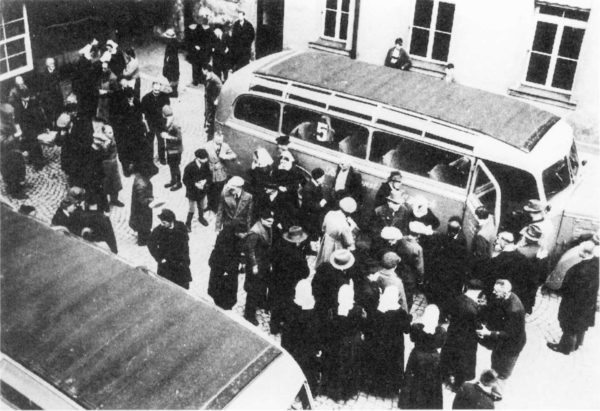
In October 1939 (back dated to 1 September), Hitler signed the official Aktion T4 decree and appointed his personal escort physician, SS-Untersturmführer Karl Brandt (1904−1948) and Reichsleiter Philipp Bouhler (1899−1945) to develop and lead Aktion T4. The first killing facility was Schloss Hartheim in Austria. There were six official Aktion T4 centers: Grafeneck, Brandenburg, Bernburg, Hartheim, Sonnenstein, and Hadamar. In August 1941, Hitler ordered the suspension of T4 killings. However, it did not end. Four of the euthanasia centers continued to perform Sonderbehandlung, or “special treatment” for the remainder of the war. The last child to be euthanized was four-year-old Richard Jenne on 29 May 1945, three weeks after the official end of the war in Europe.
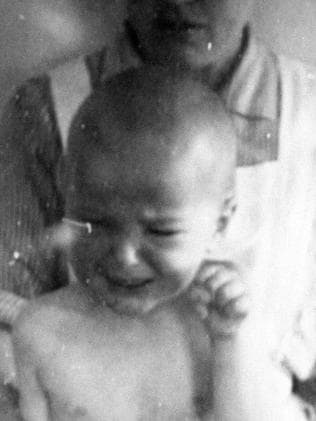
After Aktion T4 was “officially” ended, Aktion 14f13 was implemented by Himmler and Bouhler and they put SS-Oberführer Viktor Brack (1904−1948) in charge of managing the program. This was an outgrowth of Aktion T4 and was also considered Sonderbehandlung. However, this program was set up to terminate concentration camp inmates who were sick, infirm, or no longer able to work. Processes, equipment, and techniques from T4 were transferred to Aktion 14f13 and the camps. A panel of Nazi doctors went from camp to camp selecting those to be “retired”⏤the first selection was at KZ Sachsenhausen. Under this program, about 20,000 people are known to have been murdered.
Children were special targets for Aktion T4. Some German parents were more than willing to surrender their deformed children to the Nazis for special treatment but the parents who were reluctant to give up their children were threatened by the Nazis with being sent to forced labor camps. The children were given injections of toxic chemicals but the death certificates recorded pneumonia as the cause of death (adults were gassed). Two facilities recorded more than a thousand deaths of children under the age of seventeen.
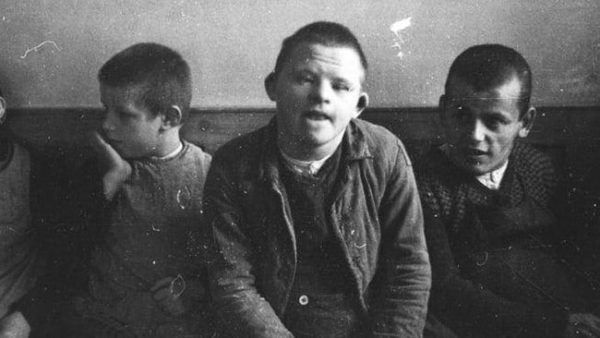
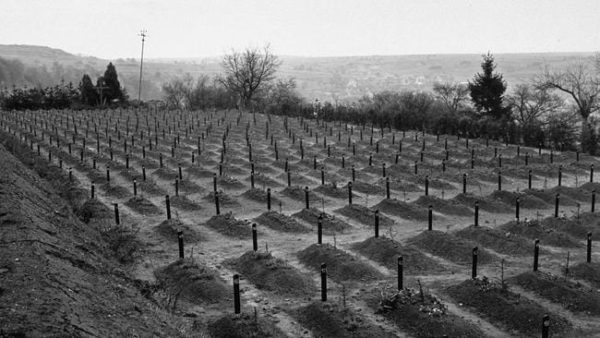
Karl Brandt was one of twenty-three defendants in Case 1, or the Doctors’ Trial before the International Military Tribunal at Nuremberg between 9 December 1946 and 20 August 1947. He was found guilty on three of four counts (war crimes−performing medical experiments, crimes against humanity, and membership in a criminal organization, the SS). Brandt was hanged on 2 June 1948.
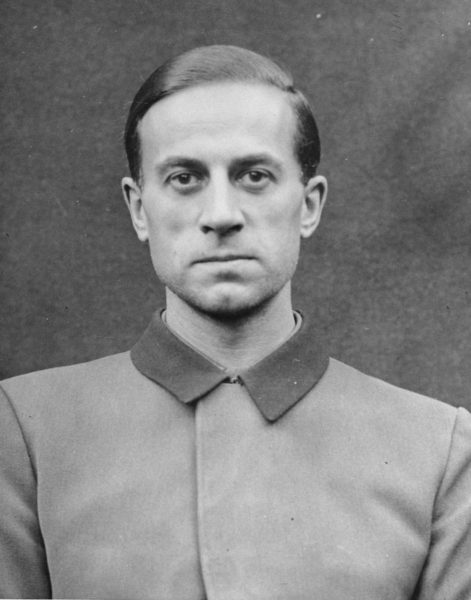
Philippe Bouhler and his wife were captured by the Americans on 10 May 1945. Shortly after their capture, his wife threw herself out the window of their “cell” and died. About eight days later, Bouhler bit down on a cyanide capsule.
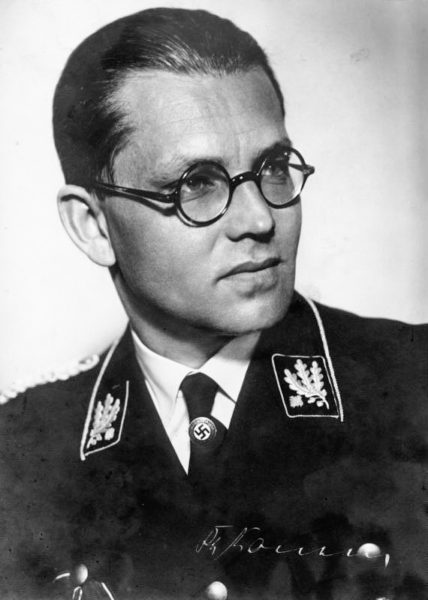
Like Brandt, Viktor Brack was tried at the Doctors’ Trial and found guilty. Brack was hanged on 2 June 1948.
Commissar Order
The Kommissarbefehl, or Commissar Order was issued on 6 June 1941. It was just before the Nazis invaded the Soviet Union and the order was meant to deal with captured Soviet political commissars. (A commissar was assigned to every Soviet military unit to ensure the men received daily indoctrination into the Soviet culture and Communism). A captured commissar was to be immediately executed as an enforcer of the “Judeo-Bolshevism” ideology. Additionally, any captured Soviet soldier who could be identified as being supportive of Bolshevism (i.e., Communism) was to be executed.
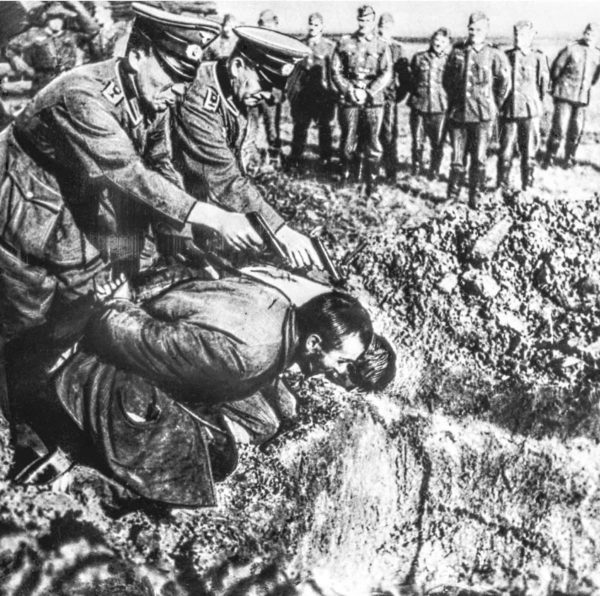
Hitler knew the order was illegal but brushed it aside by pointing out that the Soviet Union had not signed the Geneva Convention. Fundamentally, Hitler did not want a political commissar to reach a POW camp and spread the party line.
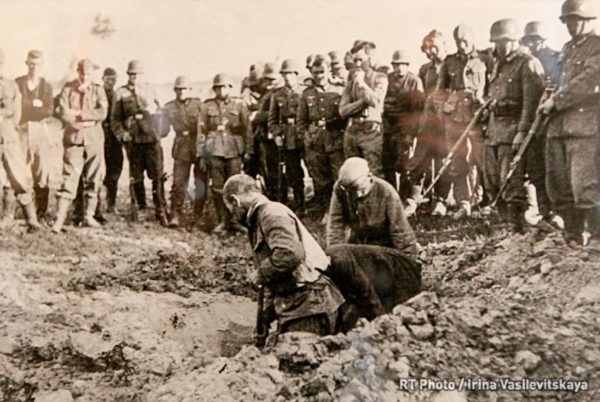
Unlike many of the other Nazi atrocities committed by the SS, the Commissar Order fell directly into the lap of the Wehrmacht. Almost every Wehrmacht unit was guilty of executing Soviet commissars upon capture. The postwar position taken by former Wehrmacht leaders and officers that the regular German army did not participate in atrocities or crimes against humanity is not true.
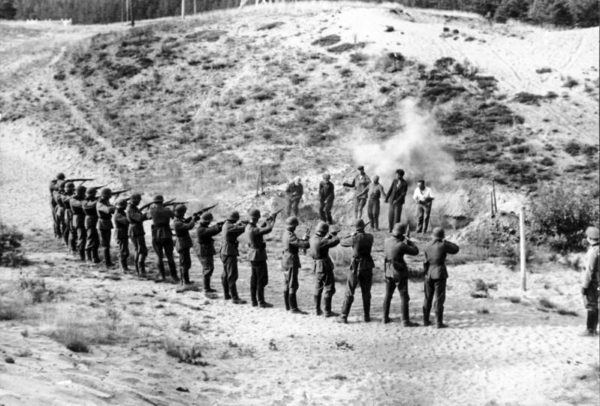
Nacht und Nebel
The Nacht und Nebel, or Night and Fog decree was issued by Hitler on 7 December 1941. This decree targeted political enemies and foreign resistance fighters. The Nazi end game was to ensure the Nacht und Nebel prisoners disappeared without any trace. Victims designated as NN were imprisoned, deported, and ultimately executed. All evidence of their existence was destroyed. No one ever heard from the NN victim again.
On 7 December 1941, Himmler issued orders to the Gestapo confirming Hitler’s expectation that anything less than execution would be considered a sign of weakness. Additionally, the prisoner was to be deported to Germany after which the family and general population would never learn the victim’s fate. Five days later, the head of the German armed forces, Field Marshal Wilhelm Keitel (1882−1946) signed the Führer’s order and expanded the instructions to include handing prisoners over to the Gestapo for deportation to Germany if they were not executed within eight days of capture. He reiterated that the prisoners were to vanish without a trace, or vernebelt (“transformed into mist”). There are no accurate records as to how many people disappeared under the Nacht und Nebel decree.
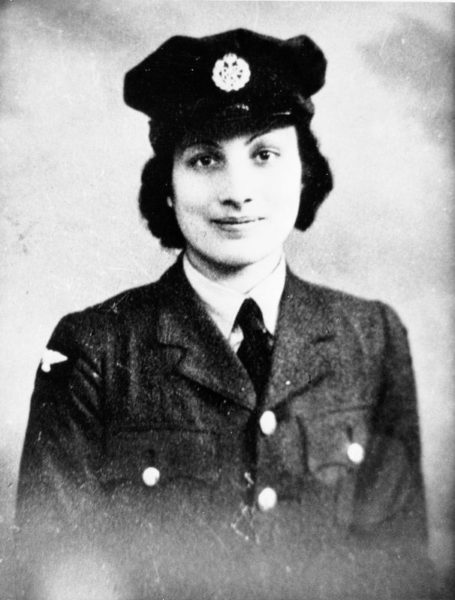
The majority of the NN prisoners came from the occupied countries: France, Belgium, Denmark, and the Netherlands. Almost all of the captured foreign agents (e.g., Special Operations Executive) were classified under Nacht und Nebel. Certain concentration camps were designated as destinations for the deported prisoners. The Natzweiler-Struthof camp in France was one of the main camps were NN prisoners were taken to be executed.
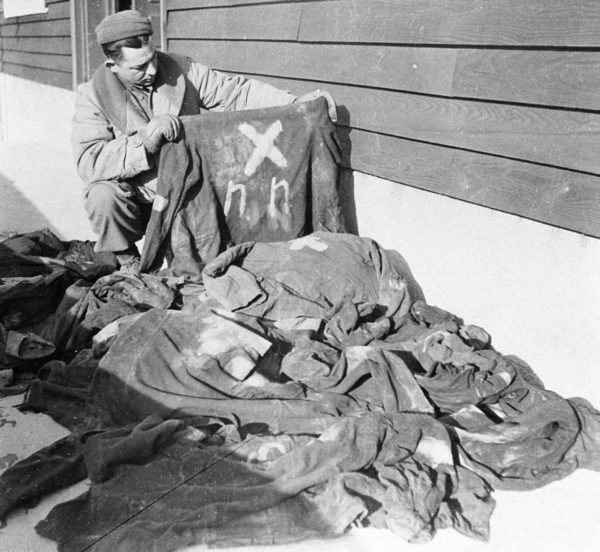
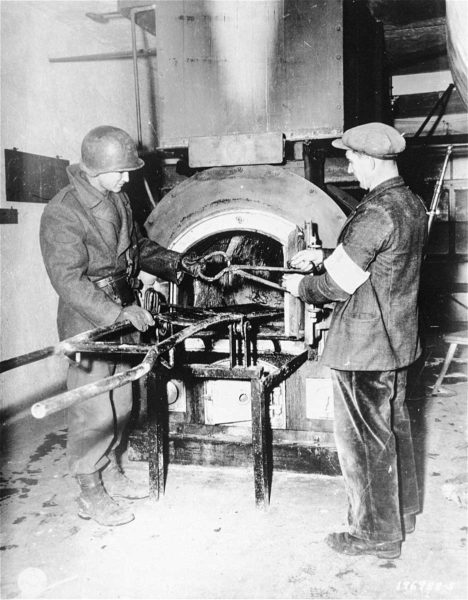
The International Military Tribunal at Nuremberg declared the NN decree was a war crime and in violation of the Geneva Convention. Keitel was one of the former senior Nazi officers on trial. He was convicted of all four counts. Many of the decrees he signed, including Nacht und Nebel, were cited by the court as evidence of his guilt. (Keitel admitted during the trial that the Nacht und Nebel decree was the worst of all the illegal orders he signed.) Keitel was hanged on 16 October 1946.
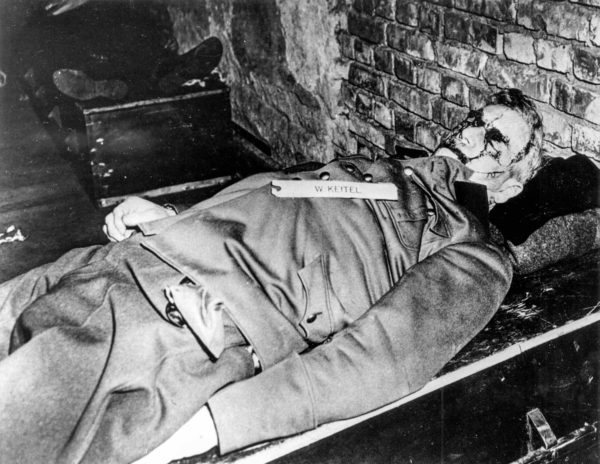
Click here to read more about Nacht und Nebel.
Führer Directive No. 46
Directive no. 46 was issued in August 1942 as Bandenbekämpfung, or “Instructions for Intensified Action Against Banditry.” It came at a time when the Nazis were experiencing increased pressure from uprisings and resistance activities in the occupied countries. The directive called for Nazi security forces to act “with brutality” in their actions against partisan (i.e., resistance) warfare.
The responsibility for rear-area actions against the “bandits” fell to the Schutzstaffel, or SS. The intent of the decree was interpreted to be a “scorched earth” approach to the partisan controlled areas. In other words, complete destruction of all designated areas (and elimination of the population) was expected.
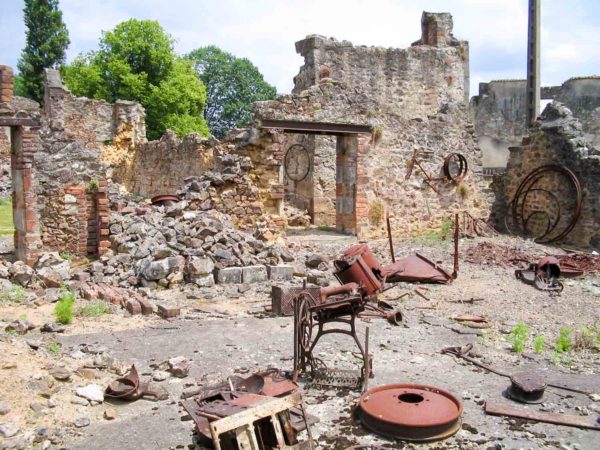
Click here to watch the video The Oradour-sur-Glane Tragedy.
Acting under this directive, Waffen-SS atrocities were numerous and spread throughout Nazi-occupied countries. After the successful invasion of Normandy on 6 June 1944, wholesale Nazi massacres increased significantly. Massacres in France included Oradour-sur-Glane (10 June 1944; 642 dead), Dun-les-Places (24 June 1944; 27 dead), and Maillé (25 August 1944; 124 dead).
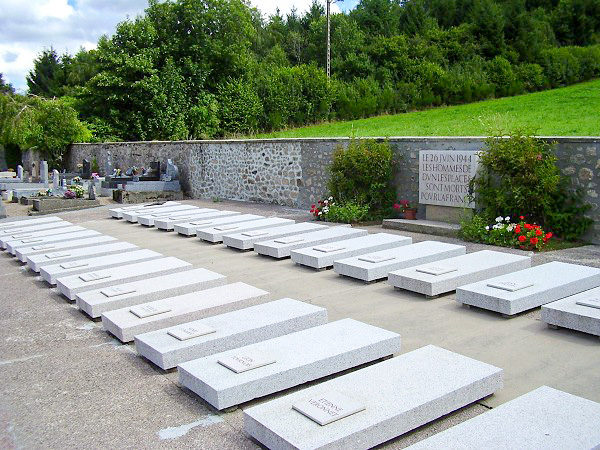
Commando Order
The Kommandobefehl, or “Commando Order” was issued on 18 October 1942. It was one of the most infamous orders signed by the high command of German armed forces. All captured Allied commandos⏤even those in military uniforms⏤were to be executed immediately without the benefit of trial and this included anyone trying to surrender. Resistance fighters were to be handed over to the Gestapo (in particular, the Sicherheitsdienst, or Nazi party intelligence). Click here to read the blog Hitler’s Commando Order.
The order was issued in secret. Only twelve documents were produced and dissemination of the order and its requirements was verbally communicated. If an officer refused to carry out the order, he was subject to military discipline including court martial and removal from their position. Hitler knew this was in violation of the Geneva Convention. He justified the order by alleging the enemy’s warfare tactics violated the Geneva Convention and cited Allied raids on Dieppe and Sark as examples.
One instance of the Commando Order being carried out was Operation Bulbasket. Shortly before D-Day, a commando group was dropped behind enemy lines near Poitiers, France to disrupt the Germans. More than thirty soldiers were captured and executed under the Commando Order. This directive was a precursor to Hitler declaring downed Allied airmen to be terrorists and therefore eligible to be executed. The story of the 168 downed Allied airmen taken to KZ Buchenwald to be executed is well-known. Click here to read the blog The Last Train Out of Paris.
On 22 March 1944, fifteen U.S. Army soldiers parachuted into Italy near La Spezia for the purpose of demolishing a railway tunnel. Two days later, they were captured while wearing their military uniforms. Colonel Kurt Almers was in charge of the German military unit in La Spezia and despite several attempts to persuade his superior officer, Gen. Anton Dostler, to forgo executing the U.S. soldiers, the men were shot within 48-hours of their capture. Dostler reported to Field marshal Albert Kesselring (1885−1960) and he initially deferred to Kesselring concerning the fate of the soldiers. Kesselring ordered their executions under the Commando Order. Dostler gave the execution orders to Alexander zu Dohna-Schlobitten (1899−1997) to sign but he refused. Dohna-Schlobitten was dismissed for insubordination and Dostler signed the orders. At the end of the war, Dostler was captured by the Americans and immediately put on trial. Despite his defense that he was only following orders, Dostler was convicted of the murders and sentenced to death. He was executed by a firing squad on 1 December 1945. Some generals such as Erwin Rommel refused to hand down the Commando Order to their subordinates.
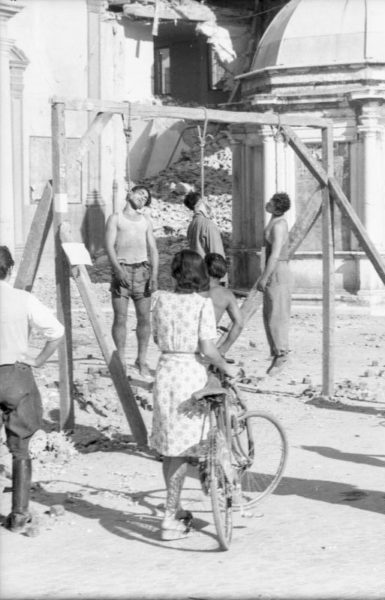
After the war, the Commando Order was declared to be in violation of international laws of war and the Allies declared any German officer who carried out executions under this decree was to be tried as a war criminal and if found guilty, sentenced to death. Kesselring was tried and convicted of 335 murders (Ardeatine Massacre). Although sentenced to death, Kesselring’s sentence was commuted, and he was ultimately released in 1952.
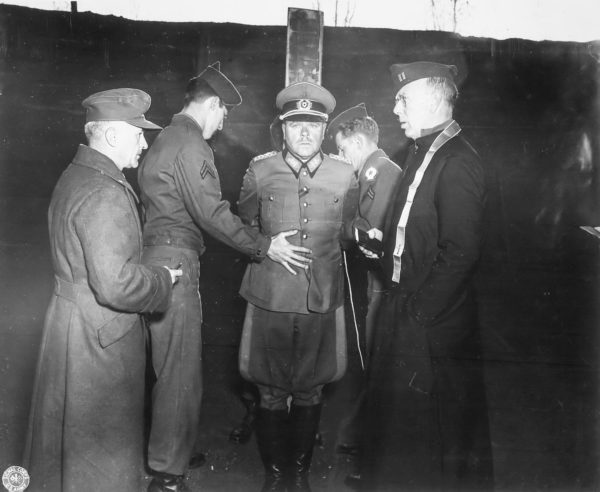
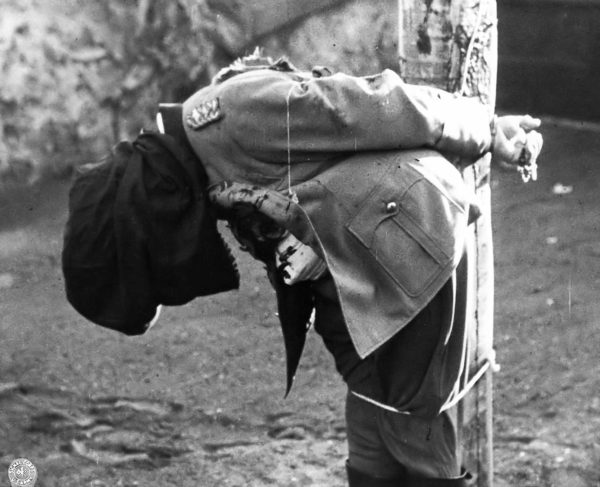
Click here to watch the video Gen. Anton Dostler (1945) Verdict and Sentence.
Nero Decree
By 1944, it was pretty much a foregone conclusion that the Nazis were losing the war. In February 1945, the “Big Three” (Roosevelt, Churchill, and Stalin) met at the Yalta Conference to plan for a post-war Europe. Part of the discussion was about how they would divide up Germany into occupation territories. When Hitler heard about the plan to partition Germany, he went berserk.
On 19 March 1945, Hitler issued the Nerobefehl, or Nero Decree. Named after the Roman emperor Nero who reportedly fiddled away while Rome burned, Hitler intended for the decree to result in the complete destruction of Germany’s infrastructure. Three days later, the Allied armies were on German soil and advancing toward Berlin. Hitler did not want any of Germany’s resources to fall into the hands of the enemy. The order was given to Albert Speer to implement.
Prior to enacting the formal Nero Decree, Hitler attempted what amounted to a beta test. In August 1944 as Allied troops approached Paris, he ordered Gen. Dietrich von Choltitz to destroy the city. Explosives were placed in strategic areas of Paris including the Eiffel Tower and other iconic monuments. Fortunately, the Prussian general knew what his legacy in history would be if he destroyed the City of Light and he refused to follow his Führer’s order. Less than three weeks after being promoted and assigned to Paris as the German military commander, von Choltitz surrendered the city to French forces.
Speer, minister of Armaments and War Production, also refused to obey Hitler’s order. He obtained approval to delay executing the order and used that time to dissuade army generals and gauleiters (Nazi district governors) from following the Nero Decree. Hitler was unaware that his beloved Speer had disobeyed him. It wasn’t until the very end (in the Führer bunker) that Speer admitted to Hitler that the Nero Decree had not been carried out.
Gen. von Choltitz was arrested but never put on trial and he was ultimately released. Despite evidence that he was directly responsible for the deportations of Jews to Auschwitz, the general likely saved his neck by saving Paris. His subsequent memoirs did nothing to dissuade the reader from his “heroic actions.” Speer was one of the former senior Nazi defendants in the main Nuremberg Trial. He was found guilty and sentenced to twenty years in prison. He was released in 1966.
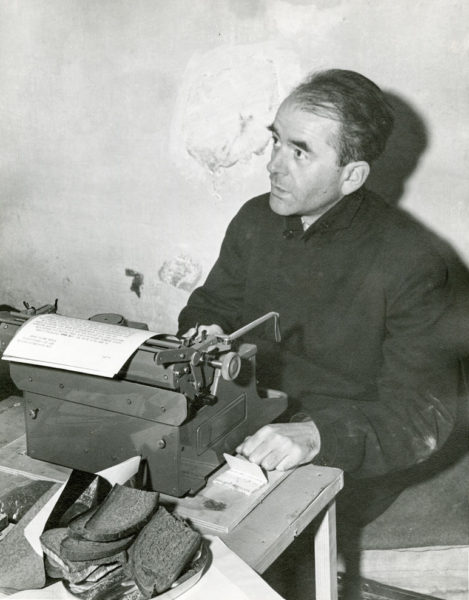
★★★ Learn More About Hitler’s Directives ★ ★ ★
Barnett, Correlli (editor). Hitler’s Generals. New York: Grove Press, 1989.
Dauman, Antole (producer). Night and Fog. Argos Films, 1956 (French).
Dorsey, Mike (producer). Lost Airmen of Buchenwald. Marauder Works, 2011.
McCue, Paul. SAS Operation Bulbasket: Behind the Lines in Occupied France 1944. Barnsley, UK: Pen & Sword Military, 1990.
Shirer, William L. The Rise and Fall of the Third Reich: A History of Nazi Germany. New York: Simon and Schuster, 1960.
Disclaimer:
There may be a chance that after we publish this particular blog, the video links associated with the blog are no longer accessible. We have no control over this. Many times, whoever posts the video has done so without the consent of the video’s owner. In some cases, it is likely that the content is deemed unsuitable by YouTube. We apologize if you have tried to access the link and you don’t get the expected results.
What’s New With Sandy and Stew?
The full manuscript (and images) for the new book, Where Did They Put the Gestapo Headquarters? is now being worked on by our book designer, Roy. We are anxiously waiting to get the galley back for our review before going on to the printer.
Well, the bad news is that I think this year will be a wash-out from a travel perspective. The good news is that I will be busy working on volume two of the Gestapo series. The odds are pretty good that volume two will be completed by this time next year.
Thank you to all of you who subscribe to our bi-weekly blogs. It seems there isn’t a day that goes by where we don’t increase our readership. Please let your history buff friends and family members know about our blog site and blogs.
Someone Is Commenting On Our Blogs
I’d like to thank Mike D. for contacting me in regard to our blog The Last Train Out of Paris (click here to read the blog). Mike is the producer and director of the award-winning documentary, Lost Airmen of Buchenwald. Mike is updating the 2011 documentary and wanted to know where we got the images of Desoubrie. He offered to send me some other photos of Desoubrie. That was very kind of him and I accepted his offer. Finding images of French collaborators can be tough at times. If you haven’t seen Mike’s documentary, I highly recommend you get a copy and view it. Mike’s grandfather was one of the 168 airmen who were taken to KZ Buchenwald to be executed.
Speaking of the last train out of Paris, there is a recent BBC article that you might consider reading: How a ring tells the story of a forgotten secret agent. Written by Jon Kelly, key contributors were Paul McCue (see his book above) and Pat Vinycomb (Stanley Booker’s daughter). It’s a well-written article and an example of how many “untold” stories are still to be uncovered. Click here to read the full article.
If there is a topic you’d like to see a blog written about, please don’t hesitate to contact me. I love hearing from you so keep those comments coming.
Why Would You Want to Buy Our Walking Through History Books?
Simple.
You like to travel and experience history and historical events. You like to see original buildings that had a significant impact on the people and events of the history you’re engaged with. You want to know the stories behind the brick and mortar in front of you.
The walking tour books are meticulously researched so you can go directly to those sites and learn about the building’s history as well as an introduction to some of the more interesting people associated with it.
We Need Your Help
Please tell your friends about our blog site and encourage them to visit and subscribe. Sandy and I are trying to increase our audience and we need your help through your friends and social media followers.
Thank You
Sandy and I appreciate you visiting with us. We have some exciting things on the horizon, and we’ll keep you updated as we go along.
Share This:
Follow Stew:
Find Stew’s books on Amazon and Apple Books.
Please contact Stew directly for purchase of books, Kindle available on Amazon. Stew.ross@Yooperpublications.com or Contact Stew on the Home Page.
Please note that we do not and will not take compensation from individuals or companies mentioned or promoted in the blogs.
 Walks Through History
Walks Through History
Copyright © 2021 Stew Ross






Hi Stew,
Excellent and fascinating read. This weeks blog really reflects the impact of Hitler’s decrees on the occupied territories. When ever I read about the massacre in Oradour-sur-Glane -it makes me feel so sad and angry for the destruction of that quiet community. I really find these days, that I am more sensitive to the fate of the children in wartime now that I have my twin grand daughters. (2 + years old).
Thank you for including a link to the story of Marcel Leccia’s ring.
Best wishes,
Pat
Hi Pat; Thanks for your comments. Yes, for those of us who spend time researching the Nazi era (as you do), it is not uncommon for us to become more sensitive to the situation of the children⏤Jewish or otherwise. I will be publishing the blog, “The Children Who Survived” on 10 April. Unfortunately, in France, for every child who survived, thirty-nine did not. STEW